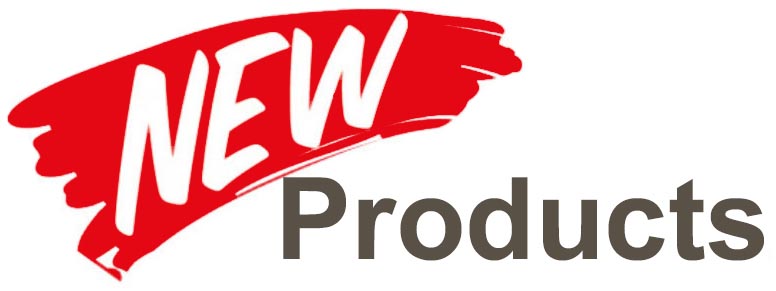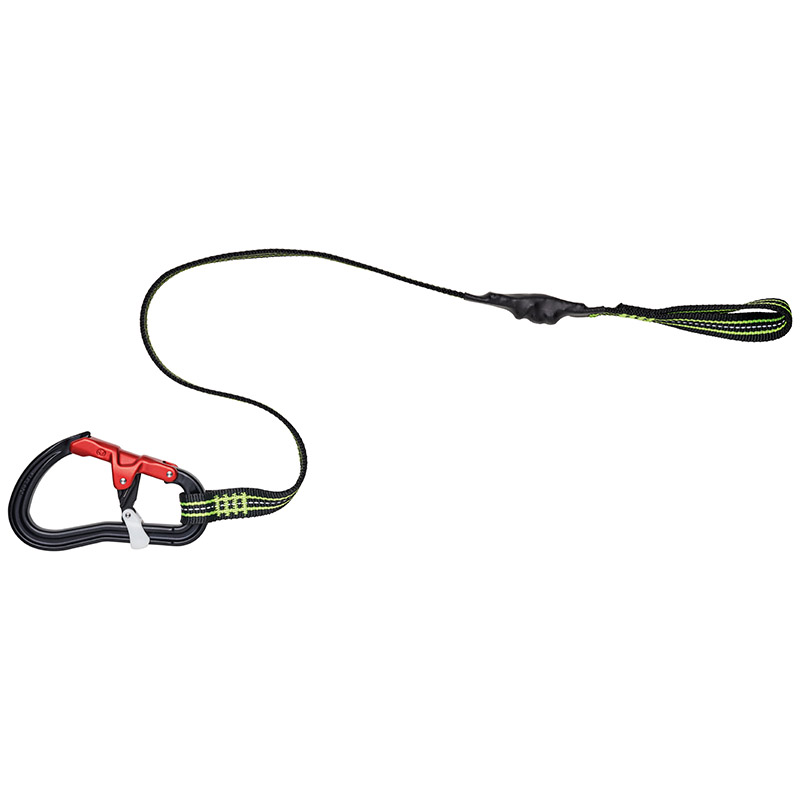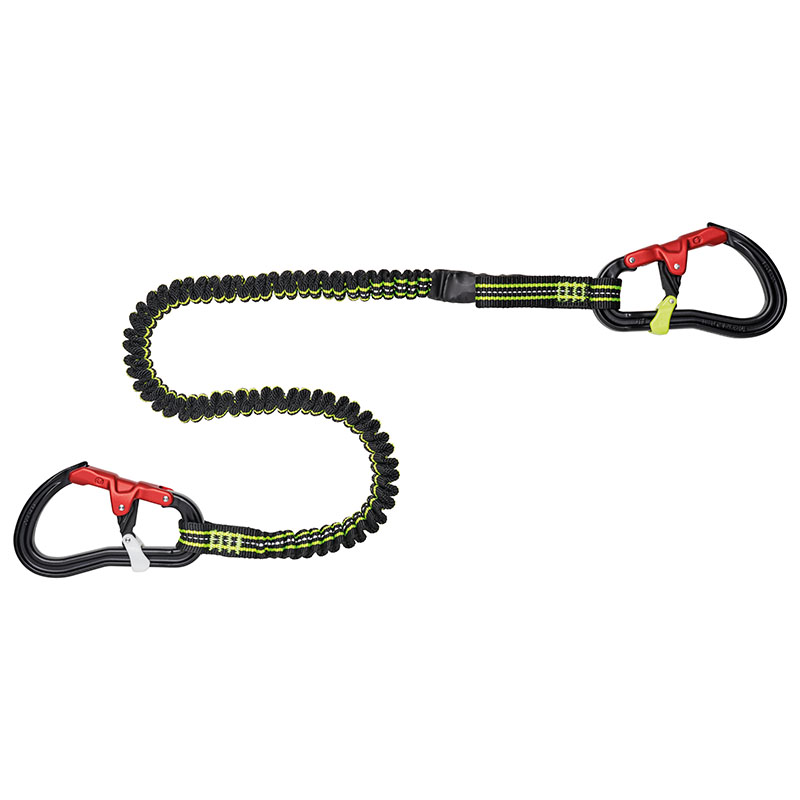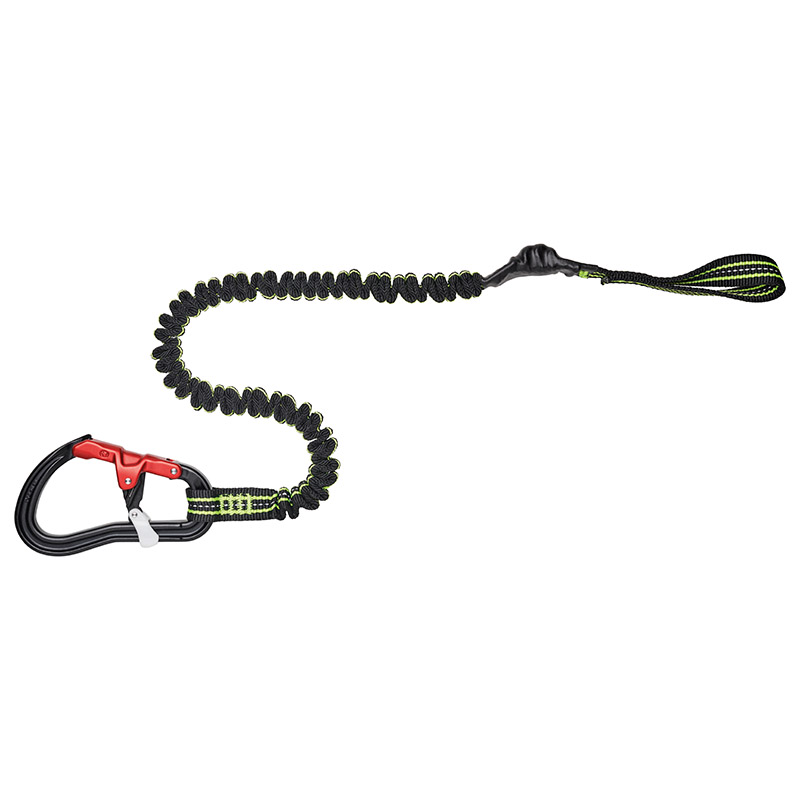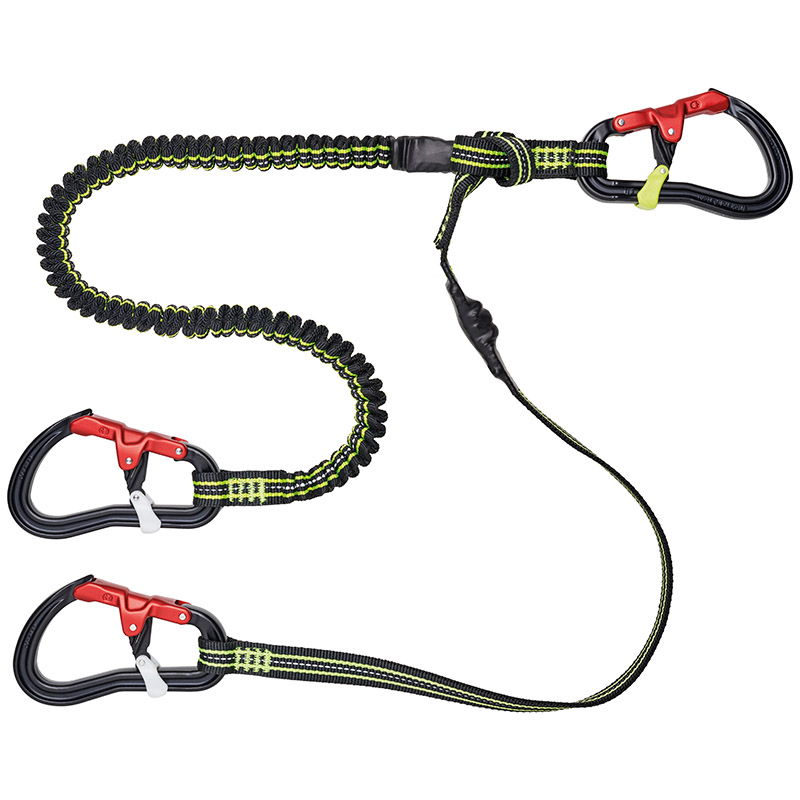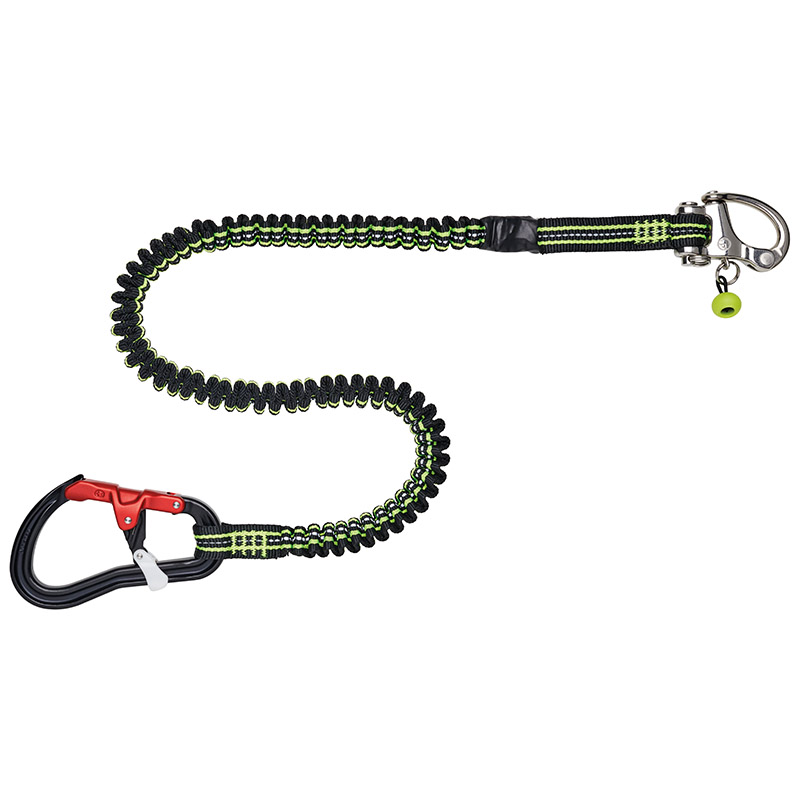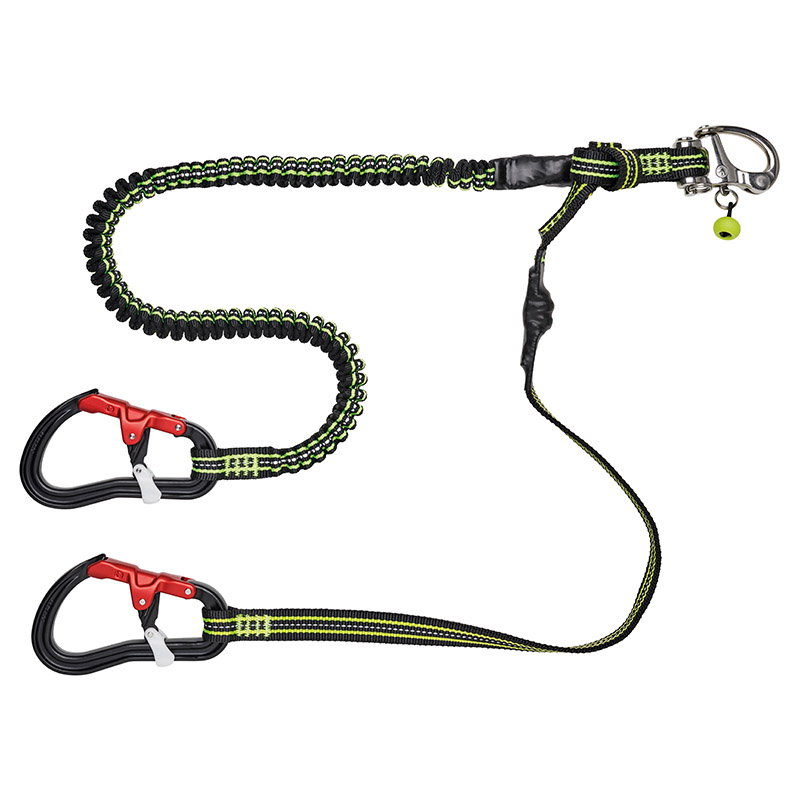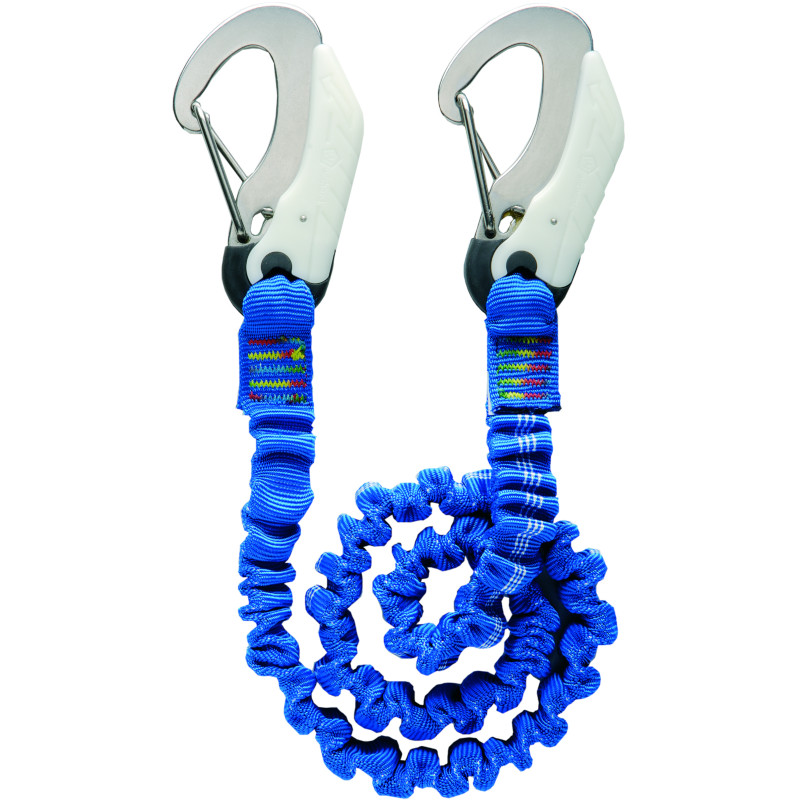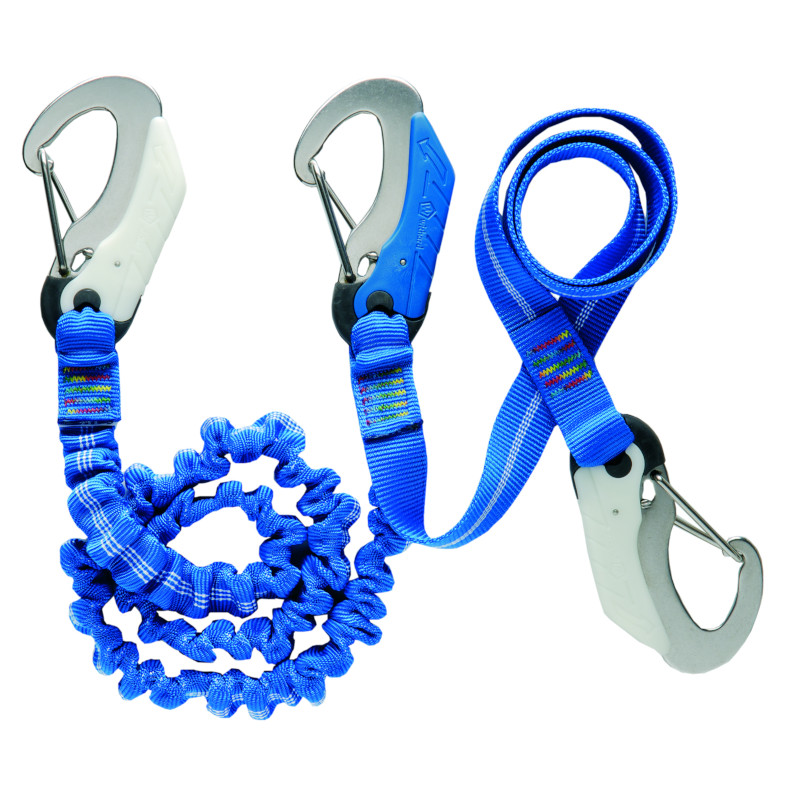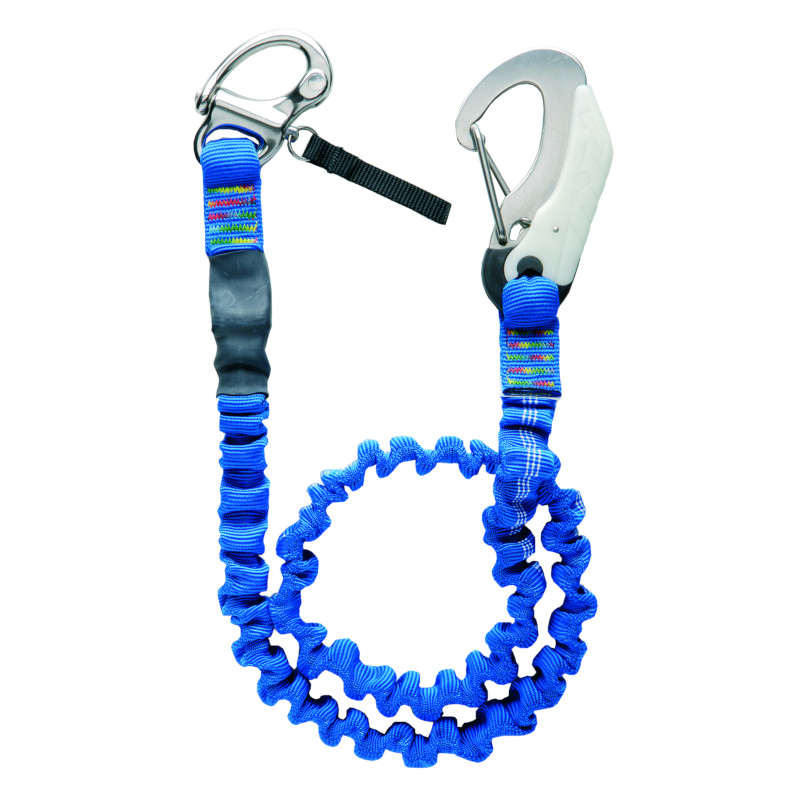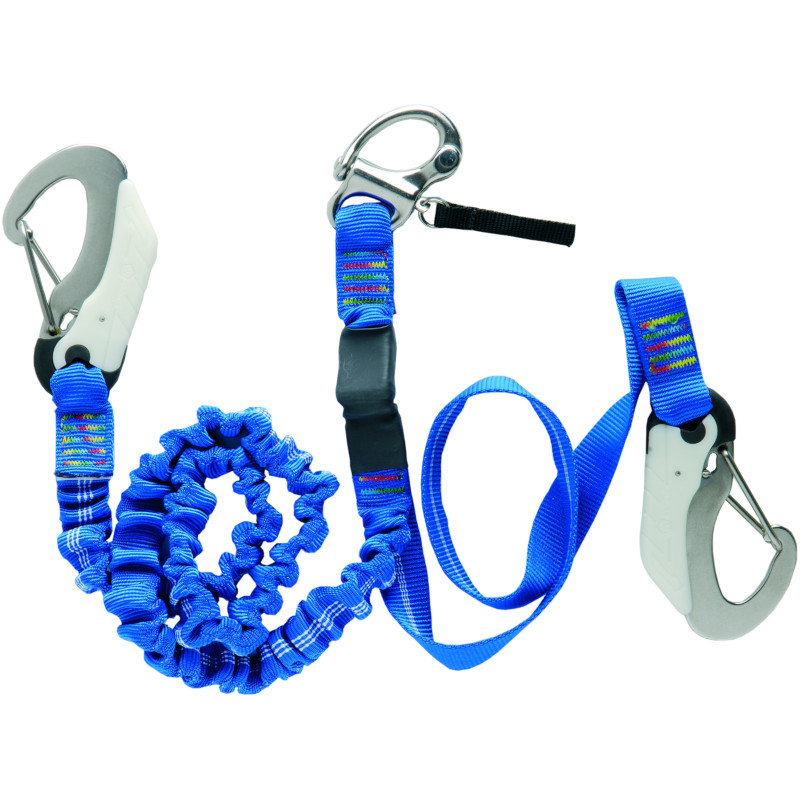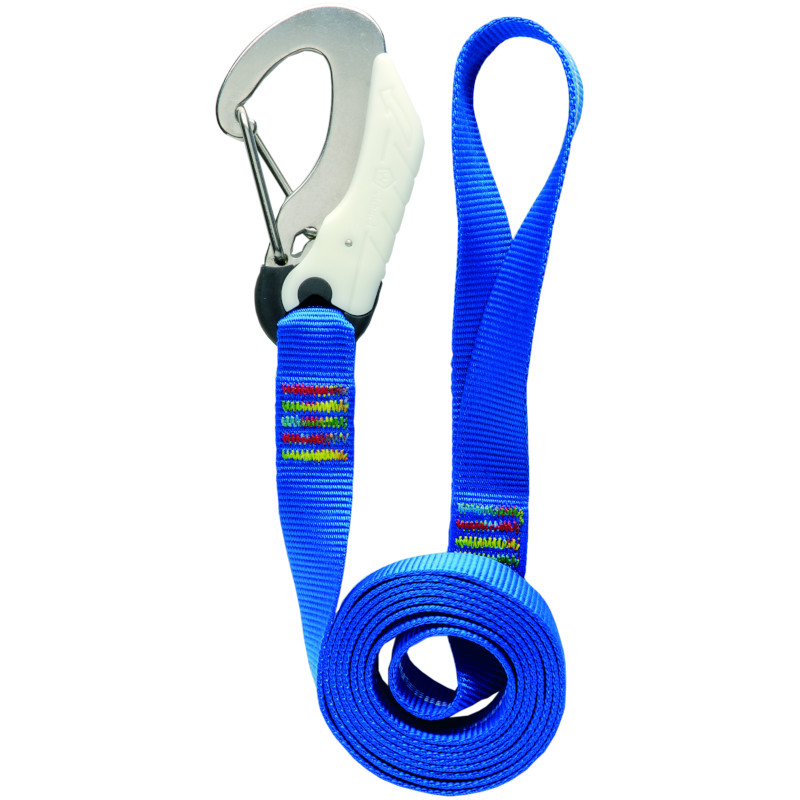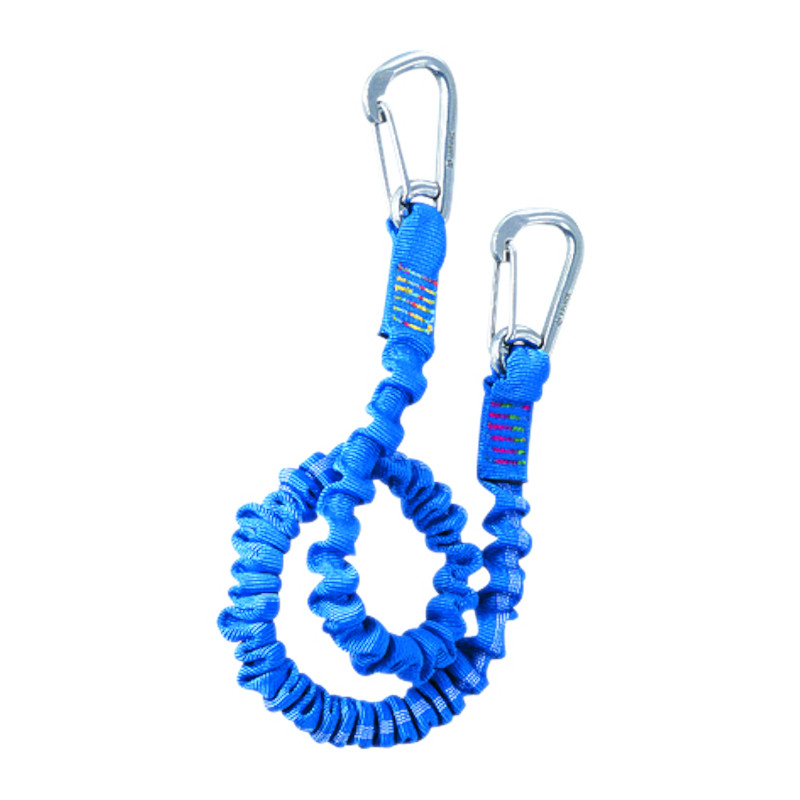How To Choose Your Harness Line - Which harness line is right for you?.
Harness lines are an indispensable piece of personal protective equipment when you’re on board a boat. This means that choosing the right one is essential to guarantee your safety, and that of those around you.
Wichard offers several different harness line models, each of which is suitable to different needs and navigation programs.
1, 2 or 3 snap hooks?
A harness line can be fitted with 1, 2 or 3 snap hooks.Single-snap hook models are naturally lighter and attach to your harness line using the loop at the other end. As such, the harness line is often kept attached to the life jacket, even when not in use. This type of harness line is strongly recommended for young children, who are not able to detach by themselves.
The double- and triple-snap hook models make it easier to move around the deck.
Indeed, the model with 3 snap hooks is ideal when you need to move around the foredeck or the base of the mast. If there are any obstacles, you can unsnap a hook and remain firmly attached to the boat. Fitted with a short webbing, you can be attached “close” when you are at the jib, for example. In this case, the elastic webbing is used for moving around.
Extra benefit: on the Wichard triple-snap hook harness lines, the hook attached to the jacket is a different colour (blue lever or green control, depending on the range) to help you distinguish the different hooks. This means you will not end up attached with 3m of webbing.
Flat or elastic webbing
Harness lines with flat webbing have the advantage of a very short link (1m maximum), keeping the risks to a minimum if you fall into the sea. However, they do make your movements more difficult.
Harness lines with elastic webbing are now standard on board. Elastic webbing with a range of 2m (stretched) allows for more comfort when moving and operating the craft. Due to its length, however, care must be taken to attach it close to the centre of the boat.
Do you need an overload indicator?
Some Wichard harness lines are equipped with an overload indicator. Following a major jolt or a fall into the sea, this overload indicator is triggered and informs the sailor that the webbing or harness line must be replaced.
IMPORTANT: Harness lines with overload indicators are mandatory if you are taking part in an RSO or ISAF race.
There’s more: only Wichard’s Proline harness line allows you to replace just the webbing after it is worn, or the overload indicator has been triggered.
Releasable or non-releasable?
Certain Wichard harness line models are equipped with a releasable stainless steel snap hook that can be released if you fall into the sea. These harness line models are mandatory for mini 6.50 races.
Aluminium or stainless steel snap hooks?
Wichard was the first parts manufacturer to offer aluminium snap hooks on their harness lines, lightening the load and making them considerably more comfortable. On the other hand, harness lines with stainless steel snap hooks are more economical.
What checks and maintenance do you need for your harness lines?
Harness lines must be checked as frequently as possible, especially before each sailing season and before each sea outing. It is important to check that the snap hooks are working correctly, and to check that the webbing has no tears or loose seams. If there is any doubt, we recommend taking your product to a specialist retailer.
In terms of maintenance, we recommend rinsing your harness lines in soapy water after each use, and drying them out in a well-ventilated area. When it comes time to winter them, rinse your harness lines and dry them in a well-ventilated area before storing them away from light or chemical products, which could affect their life span.
For Wichard Lyf’Safe jacklines we suggest you maintain at the same time.
Harness lines are protective equipment, first and foremost
Harness lines are considered PPE (personal protective equipment) and, as such, must comply with current standards - including the ISO 12401: 2009. When you purchase your harness line, make sure it meets these standards.
If you use your harness line during a regatta or ISAF race, it is imperative that you meet the following requirements during the safety checks:
Offshore Special Regulations (extract)
5.02 Safety Harness and Harness lines
5.02.1 A harness that complies with ISO 12401 or equivalent
5.02.2 A harness line that shall:
5.02.2 a) comply with ISO 12401 or equivalent
5.02.2 b) not exceed 2 m (6’-6”) including the length of the hooks
5.02.2 c) have self-closing hooks
5.02.2 d) have overload indicator flag embedded in the stitching
5.02.2 e) be manufactured after 2000
5.02.3 All of the crew shall have either:
a) a harness line not exceeding 1m(3'3") including the length of the hooks, or
b) an intermediate self-closing hook on a 2 m (6’-6”) harness line
5.02.4 a boat shall carry spare harnesses and harness lines as required in OSR 5.02 above sufficient for at least 10% of the crewmembers (minimum one unit)
5.02.5 A harness line which has been overloaded shall be replaced
